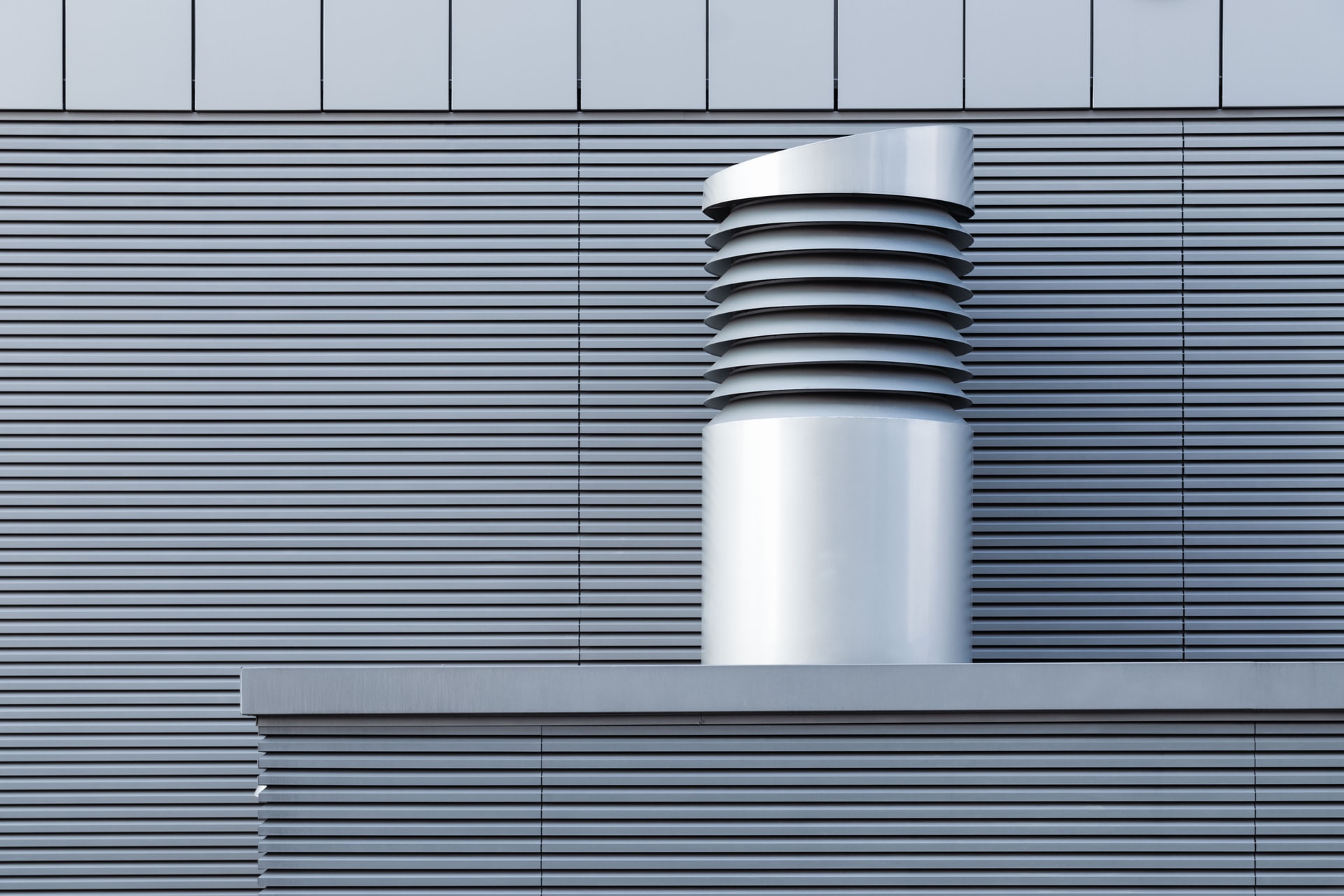
Effective ventilation is one of the most important factors affecting air quality in a building. When running an enterprise, you need to ensure the best working conditions for yourself and your employees. Therefore, it is worth finding out how to build a ventilation system in a company.
The most commonly used are three varieties, which depend on the characteristics of the business and the space. The first type is natural ventilation, which is the provision of adequate air circulation through window openings, doors, or clearances in the insulation of the building.
Next is the mechanical type. Air exchange takes place through systems of vents, driven by electricity. The devices draw in fresh air and then distribute it.
The last is the mixed variant. In it there is a combination of the natural process of ventilation of the room, which is supported by an additional system of devices. The second system is activated when the default ventilation is unable to provide adequate recuperation, such as during the peak of winter or summer.
Of the three types mentioned, mechanical ventilation is considered the best solution. This is because it is characterized by reliability, with low maintenance costs. It can be installed in virtually any facility and works well with common HVAC systems.
Before buying a specific ventilation system, you need to determine how much fresh air should be supplied to the interior of the room. In this case, it is essential to consult with engineers who will develop a recuperation plan tailored to the conditions of the building – the amount and multiplicity of air exchange.
This will make it possible to select ducts with the appropriate diameter, plan the optimal route and location for supply and exhaust points. Ensuring good air recuperation has an impact not only on the quality of residence, but also on the energy efficiency of the property. Therefore, the process of installing a ventilation system in a company should be entrusted to specialists.
When installing a ventilation system, you need to pay attention to the location and environment of the various components so that the entire system works properly.
The correct location of external air inlets is important. Their lower part should be placed at least 20 cm above the ground, roof or other horizontal surfaces. This will ensure that their operation will not be disturbed by leaves or snow.
The next issue is to protect the grilles that protect the air intake from birds and rodents. Their droppings, or other waste associated with the presence of animals, can interfere with the proper functioning of the HVAC system and increase the growth of harmful microorganisms.
Cleaning, servicing and technical inspection of individual system components is also a key aspect in terms of proper operation of the ventilation system. Therefore, the plan should include facilitating access, for example, to the system’s inlet screens so that they can be maintained in proper condition. This will ensure that there is fresh air in the company’s premises, allowing work to be done efficiently.
main photo: unsplash.com/Pawel Czerwinski